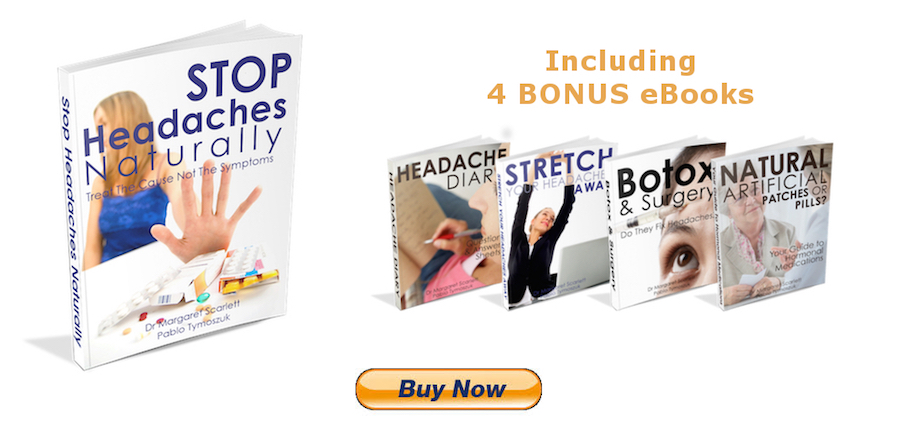The Perfect Plank
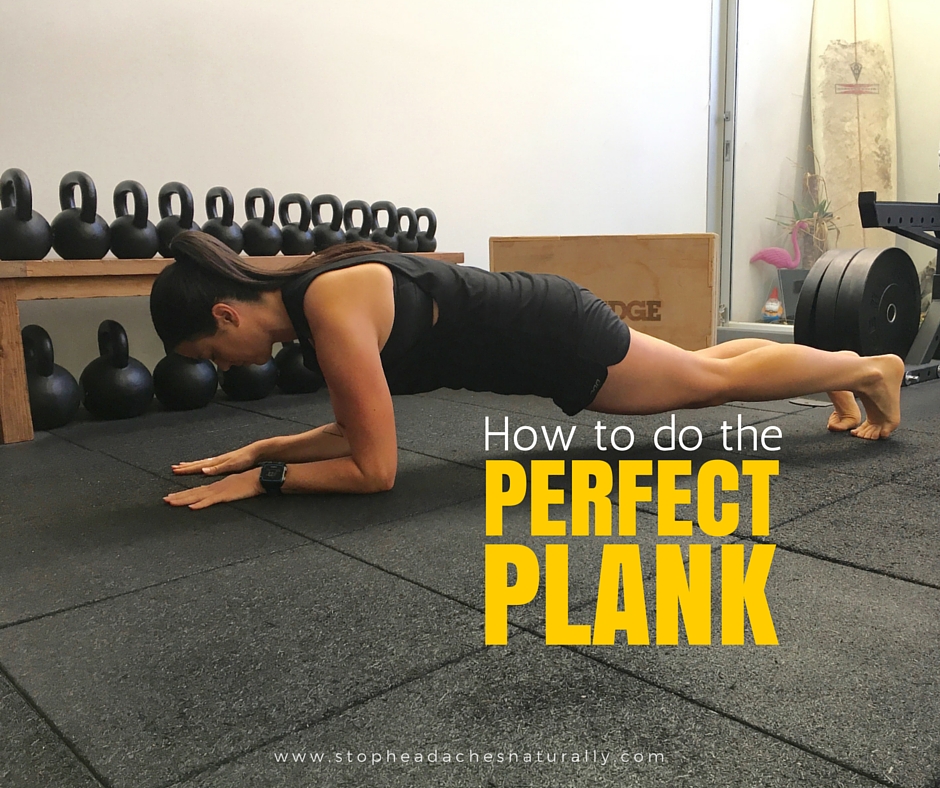
When performing the plank it is important to use the correct technique. This will allow you to get the most out of the exercise and reduce the risk of injury.
That is why I contacted Amber Johnson - Founder, Owner and Strength & Conditioning Coach at First Wave Fitness and asked her, "How do you perform the perfect plank?" Here is Ambers' response…
The plank is a brilliant exercise to learn to create and maintain tension throughout the core in a neutral spine position.
Here is how to set up your plank:
1. Setting up on your elbows, feet together, knees locked out straight and your weight evenly distributed throughout your body
2. Align elbows directly underneath your shoulders with forearms parallel, hands relaxed, palms facing down
3. From here, we want to pack our shoulders down into our ribcage and away from your ears. Without moving your forearms, imagine pulling them backwards along the floor to lock your upper body and pelvis together as one unit
4. To align your spine in a neutral position, find the best position where you can squeeze your glutes
5. Your head and neck should also be kept in a neutral position (you may wish to place a broomstick down your back to ensure correct alignment is maintained. With the stick making contact at the back of your head, upper back and glutes).
Engage your core by gently drawing the belly button in and exhaling slowly to hold a strong tension through the middle of your body. From here, take slow, small breathes in and gently exhale to maintain this tension.
When attempting the plank, you should always aim for quality over quantity. When you first set out, run through your mental checklist of form cues and aim for short intervals.
"Always aim for quality over quantity"
Initially you may wish to start with 10 seconds holds and 10 seconds rest to reset and come up again. Try to work towards 6x 10 seconds holds and gradually build the working interval as you feel more confident with your form.
Once you have conquered the 6x 10 seconds hold, a good goal is to build towards a 30 seconds quality hold. As you advance, aim for quality holds between 30-60 seconds, and eventually 60 seconds-2 minute holds.
For those who are looking to advance the plank from here and challenge their Cross Core Sling Systems try the following:
Single Arm Holds
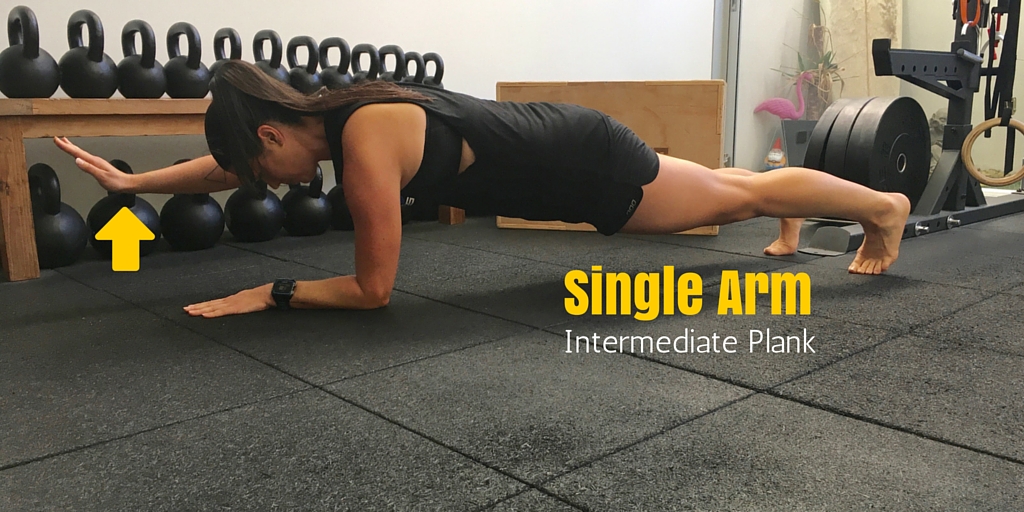
Single Leg Holds
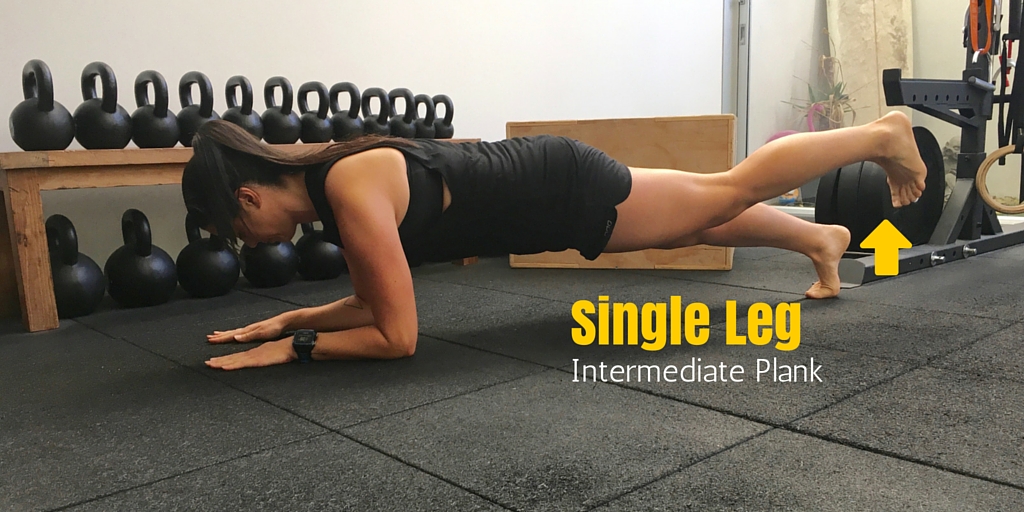
And the real challenge the…
Single Arm and Opposite Leg Hold
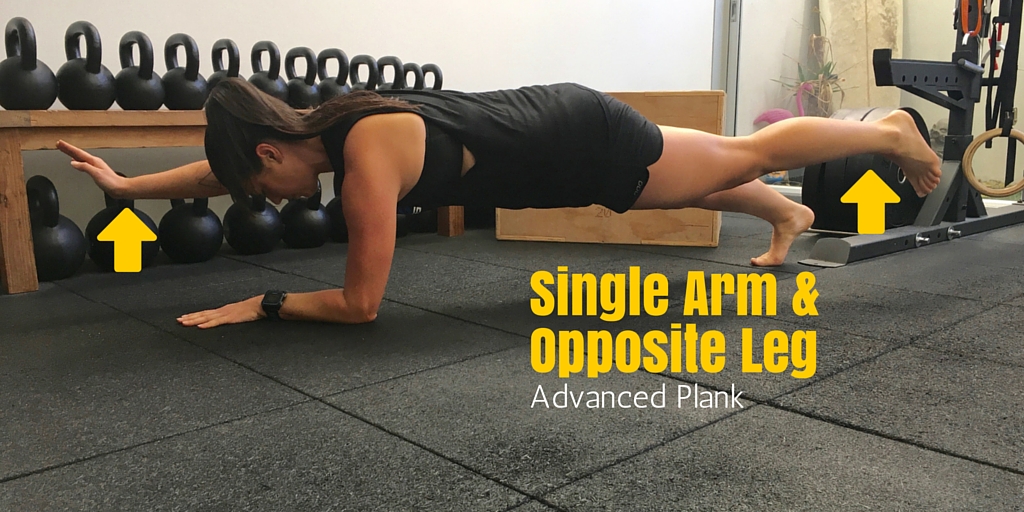
Look to progress these in the same fashion as the plank, small intervals of quality over duration. As you build in strength, build the working intervals into longer holds.
_________________________________
Amber Johnson has been working in the fitness industry now for close to 10 years. Originating from a strength and conditioning background, Amber now regularly trains for and participates in the long course and Ironman triathlon series.
After completing further studies in rehabilitation, functional movement and postural correction, Amber works with a suite of athletes both local and professional, to educate, identify and retrain imbalances in the body’s movement patterns to help them move more efficiently and effectively.
Amber’s training philosophy is about building a solid foundation of strength and stability for her athletes to maintain optimum posture across each discipline allowing the body to perform at its full potential which can be summed up in her favourite quote: “First move well, and then move often” – Gray Cook
Health Benefits Of Planking
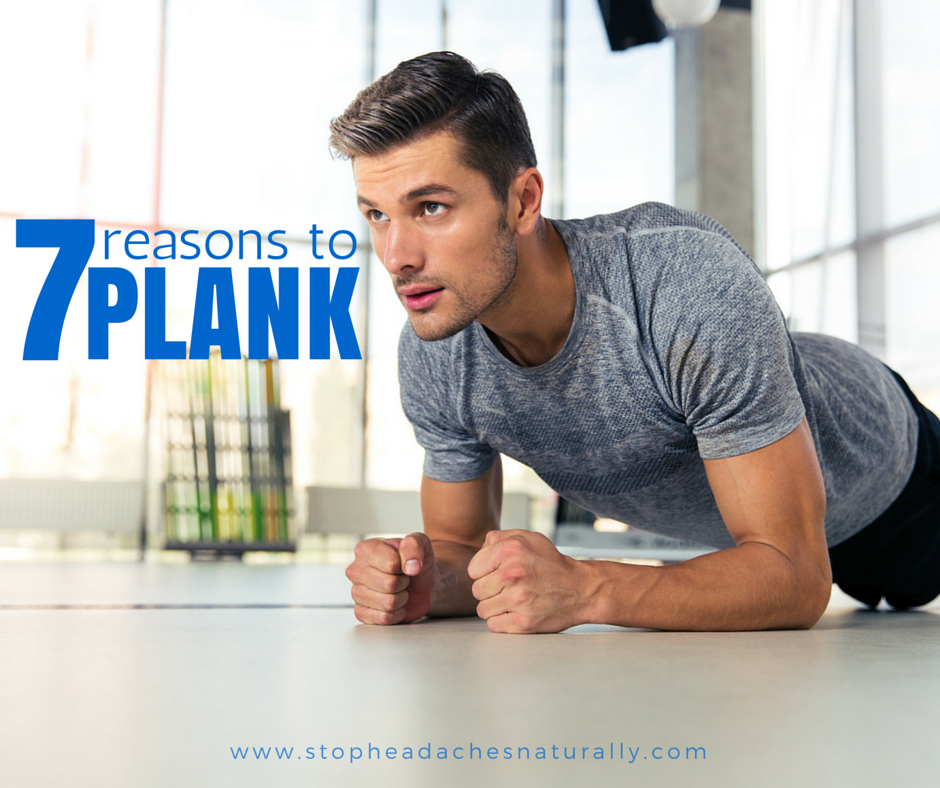
People who spend more than 5 hours sitting each day need to do planks. Why?
Because sitting for long hours at a time weaken your core muscles which are crucial for providing support for you back and spinal column.
The weaker your core, the more prone to injuries you will be. And planks are especially helpful in countering the detrimental effects of sitting.
In addition, doing plank exercises every day will also give you other health benefits you may not have thought about:
1. Boost Overall Metabolism
2. Improve Core Performance
3. Decreased Risk of Injury To The Back & Spine
4. More Flexibility
5. Improved Posture
6. Improved Balance
7. Mental Health Benefits
It’s worth reading this article by DailyHealthPost in more detail, especially if you suffer with headaches and migraines… strengthening and stretching are two keys to overcome your pain.





